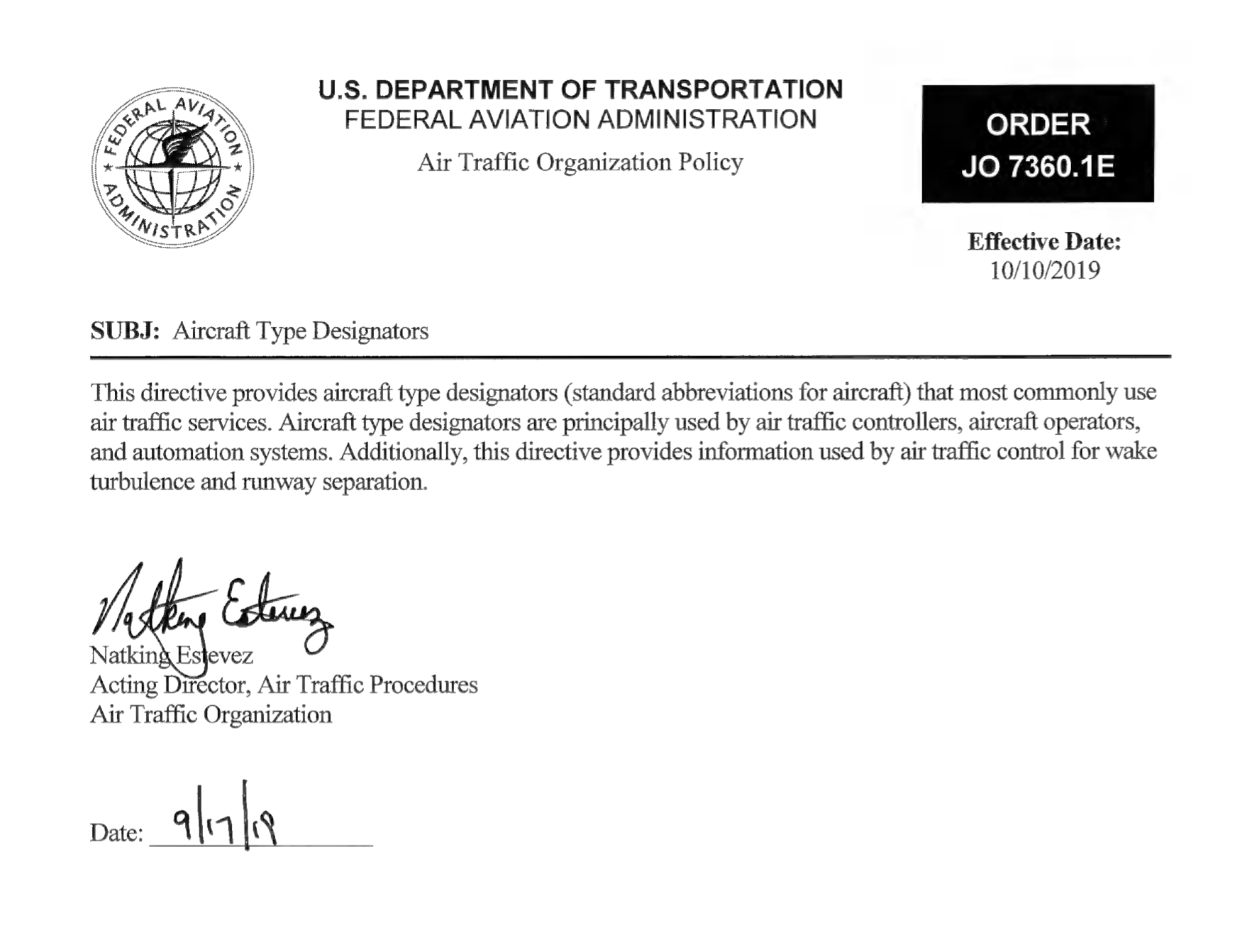Using AWS Textract to parse ridiculous FAA documents into CSV
By Ryan Romanchuk
On
On
I wanted to model Type Code Designators and it was surprisingly difficult to find a complete, developer friendly, dataset. I present to you the 814 page PDF ORDER JO 7360.1E

Using StartDocumentTextDetection[1] I fed Appendix A. Aircraft Type Designator through a TABLES analysis, then gathered the response results and fed them through a modified text_extractor.py to dump to CSV.
python3 text_extractor.py analyzeDocResponse.json
Finally, I brute forced my way through the machine-learn'd results, jamming a never ending supply of acronyms and abbreviations into a relational database. VOILÀ https://romanch.uk/aircraft_type_designators?q=piper.
namespace :icaos do
desc 'Load ICAO type codes'
task ingest: :environment do
require 'csv'
ROOT = File.expand_path('../../', __dir__)
CSV_FILE = File.join(ROOT, 'ICAO_AircraftType.csv')
CSV.foreach(CSV_FILE) do |row|
ap row
next unless row[0]
params = {}
params[:icao_code] = row[0]
params[:aircraft_class] = row[1]
engines, weight_class = row[2]&.split('/')
number_of_engines, engine_type = engines&.split('')
params[:engine_type] = engine_type
params[:number_of_engines] = number_of_engines
params[:weight_class] = weight_class
params[:icao_wtc] = row[3]
params[:recat] = row[4]
params[:recat_wtc_a] = row[5]
params[:recat_wtc_b] = row[6]
params[:cwtc] = row[7]
params[:srs] = row[8]
params[:lahso] = row[9]
params[:manufacturer] = row[10]
params[:model] = row[11]
params[:data] = { other_models: row.drop(12).compact_blank }
ap params
ap AircraftTypeDesignator.upsert(params)
end
end
end
# text_extractor.py
import json
import sys
from pprint import pprint
def get_rows_columns_map(table_result, blocks_map):
rows = {}
for relationship in table_result['Relationships']:
if relationship['Type'] == 'CHILD':
for child_id in relationship['Ids']:
cell = blocks_map[child_id]
if cell['BlockType'] == 'CELL':
row_index = cell['RowIndex']
col_index = cell['ColumnIndex']
if row_index not in rows:
# create new row
rows[row_index] = {}
# get the text value
rows[row_index][col_index] = get_text(cell, blocks_map)
return rows
def get_text(result, blocks_map):
text = ''
if 'Relationships' in result:
for relationship in result['Relationships']:
if relationship['Type'] == 'CHILD':
for child_id in relationship['Ids']:
word = blocks_map[child_id]
if word['BlockType'] == 'WORD':
text += word['Text'] + ' '
if word['BlockType'] == 'SELECTION_ELEMENT':
if word['SelectionStatus'] =='SELECTED':
text += 'X '
return text
def get_table_csv_results(file_name):
with open(file_name, 'rb') as file:
#img_test = file.read()
#bytes_test = bytearray(img_test)
response = json.load(file)
#print('Image loaded', file_name)
# process using image bytes
# get the results
#client = boto3.client('textract')
#response = client.analyze_document(Document={'Bytes': bytes_test}, FeatureTypes=['TABLES'])
# Get the text blocks
blocks=response['Blocks']
pprint(blocks)
blocks_map = {}
table_blocks = []
for block in blocks:
blocks_map[block['Id']] = block
if block['BlockType'] == "TABLE":
table_blocks.append(block)
if len(table_blocks) <= 0:
return "<b> NO Table FOUND </b>"
csv = ''
for index, table in enumerate(table_blocks):
csv += generate_table_csv(table, blocks_map, index +1)
csv += '\n\n'
return csv
def generate_table_csv(table_result, blocks_map, table_index):
rows = get_rows_columns_map(table_result, blocks_map)
table_id = 'Table_' + str(table_index)
# get cells.
csv = 'Table: {0}\n\n'.format(table_id)
for row_index, cols in rows.items():
for col_index, text in cols.items():
csv += '{}'.format(text) + ","
csv += '\n'
csv += '\n\n\n'
return csv
def main(file_name):
table_csv = get_table_csv_results(file_name)
output_file = file_name + '_output.csv'
# replace content
with open(output_file, "wt") as fout:
fout.write(table_csv)
# show the results
print('CSV OUTPUT FILE: ', output_file)
if __name__ == "__main__":
file_name = sys.argv[1]
main(file_name)